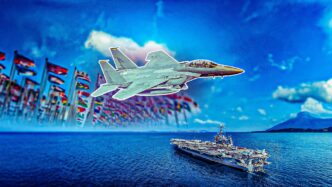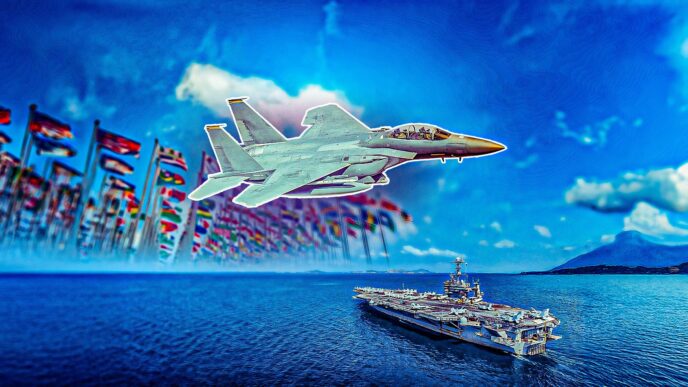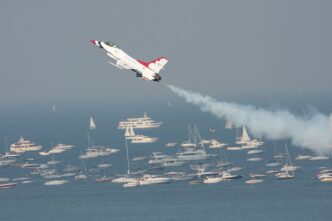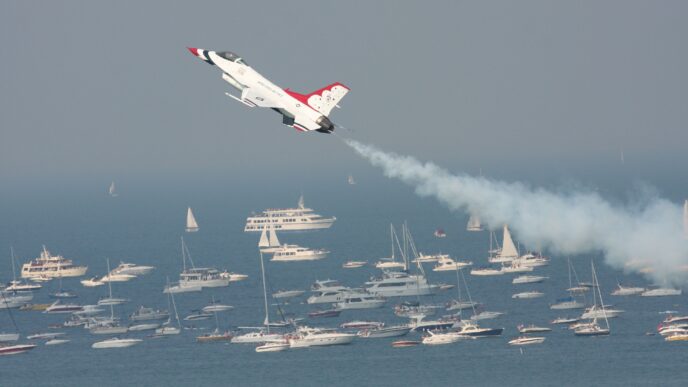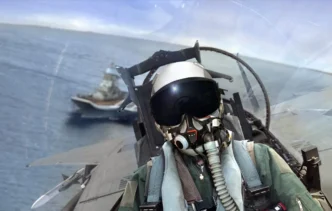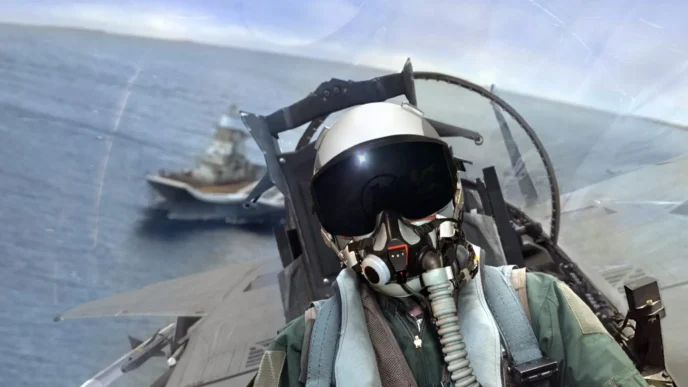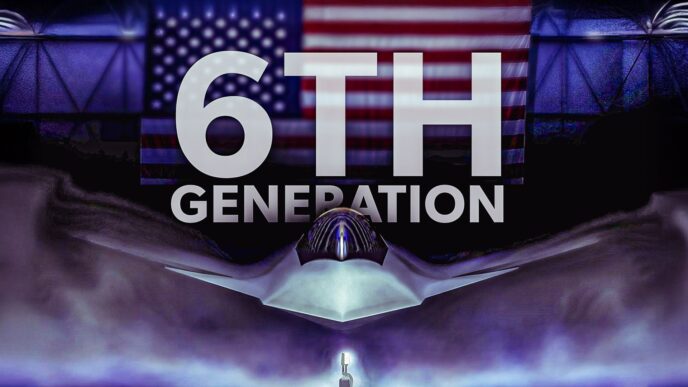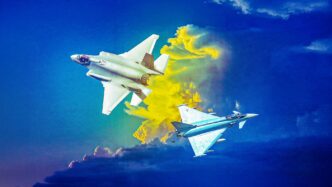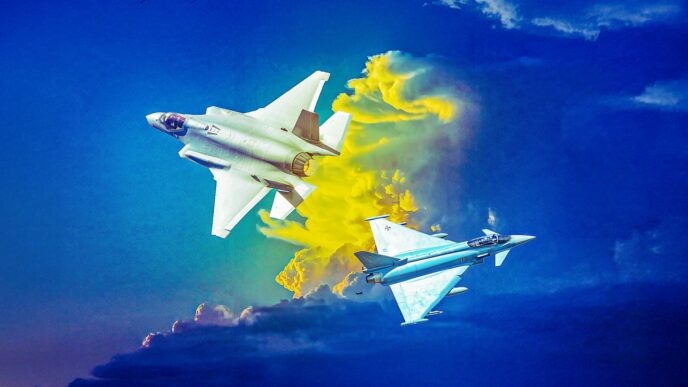Grumman’s legendary F-14 Tomcat, a symbol of American air superiority, saw a production run of 712 units before its assembly line was closed. The US Navy bid farewell to its last F-14 in 2006, transitioning to Boeing’s F/A-18 Super Hornet. While the Super Hornet may not match the Tomcat’s raw power, it offers greater ease of maintenance and versatility, making it a practical choice for modern naval operations.
The F-14’s journey began in the late 1950s when the US Navy identified the need for a dedicated Fleet Air Defense aircraft to counter Soviet bombers and their anti-ship missiles. The Tomcat’s fame skyrocketed with its appearance in the movie “Top Gun,” where Tom Cruise, as the daring pilot “Maverick,” showcased the aircraft’s prowess. This cinematic moment became one of the most effective recruitment tools in Navy history. The Tomcat’s innovative swing-wing design allowed it to perform as a high-altitude interceptor, rivaling the Air Force’s F-15 Eagle, which was being developed simultaneously. The Tomcat entered service two years ahead of the Eagle and quickly became a beloved icon among Navy personnel and the American public.
Interestingly, the only airworthy F-14s today are found in Iran, a nation once considered an adversary. The Iranian Air Force maintains a small fleet of these iconic fighters, estimated to number between 20 and 30. Despite facing challenges in sourcing spare parts, Iran has managed to keep these aircraft operational by cannibalizing grounded units and adapting parts from other platforms. During the Iran-Iraq War, the F-14s played a crucial role, with Iranian pilots using the aircraft’s advanced radar and missiles to achieve significant air-to-air victories. While the exact number of operational F-14s remains uncertain, the aircraft’s legacy endures, with several static displays in US museums allowing fans to admire the Tomcat up close.
#F14Tomcat #AviationHistory #TopGun #MilitaryAviation #NavalAviation
Originally reported by Simple Flying Read More


